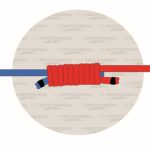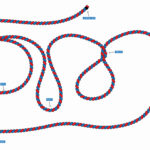The Double Dragon Loop is an easy-to-tie knot that creates a secure, fixed loop without requiring access to both rope ends.
Quick Guide: Tying the Double Dragon Loop
To tie the Double Dragon Loop Knot, first lay out the rope in an S-shape (step 1). The working end should be on the bottom, and it doesn’t need to be free to tie it.
Go behind the S-shape with the working end and do 2 full turns around it (steps 2-2c). A loop should have formed on each side of the working end. Take the right loop, go over the working end, and through the left loop (step 3). Tighten the knot by pulling the standing end first, and then the final loop and the working end (step 3a).
You can also tie the Double Dragon Loop around an object using a different technique.
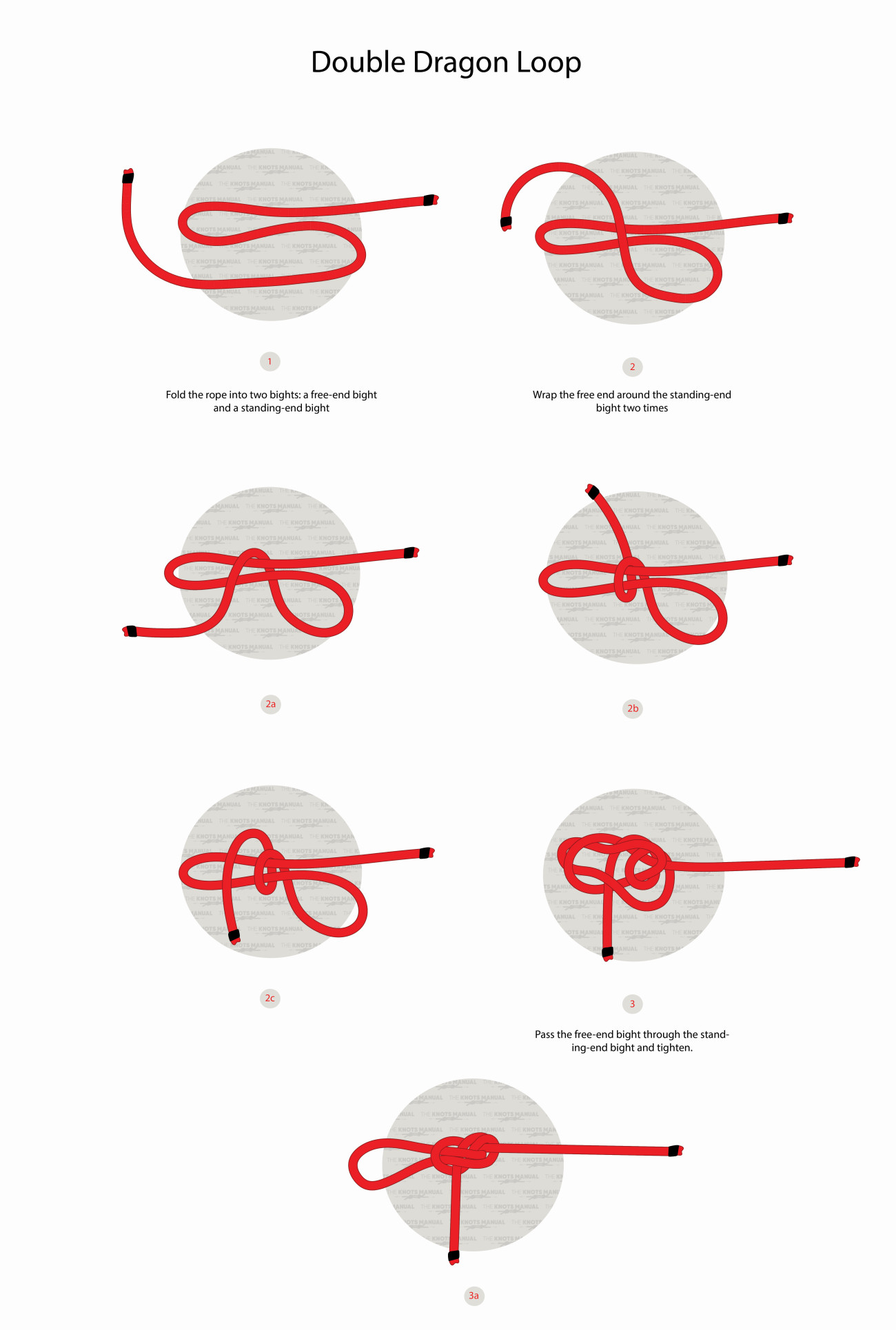
Pros and Cons of the Double Dragon Loop
The main advantage of the Double Dragon Loop is that it is very easy to tie and remember. You just need to wrap the working end around the S-shape 2 times, and then take the right loop through the left one.
Although we refer to one of the ends as a working end, it doesn’t need to be free to tie this knot, which can be beneficial in some situations.
In step 2, you can easily adjust the size of the final loop before finishing the knot. In other loop knots, it’s usually more difficult to get the size of the loop right.
The Double Dragon Loop is a very secure knot. It is said to be even stronger than the more popular Bowline Knot, which means that you can use it for similar applications.
Another advantage is that it doesn’t jam. You can easily untie it even after loading it with heavy loads.
Common Uses for the Double Dragon Loop
You can use the Double Dragon Loop Knot anytime you need to create a loop at the end of the rope or in the middle of it. It’s secure and easy to tie, making it an ideal choice to create attachment points along the rope.
The final loop stands in line with the standing end, which is perfect if you need to pull it in the opposite direction. This means that you can use it whenever you need to create an attachment point for pulling or tensioning the rope.
Knots Like the Double Dragon Loop
Bowline Knot: One of the most popular knots, unofficially called “the king of knots”. It creates a loop at the end of a rope. It isn’t as strong as the Double Dragon Loop, but is also tied similarly easily. It’s used for all kinds of purposes in sailing, survival, and general applications.
Directional Figure 8 Loop: A very simple knot for creating a mid-line loop. It works only in one direction if you pull it opposite to the standing end. It’s a fairly secure knot, which is why it’s commonly used in mountaineering to create attachment points along a rope.
Figure 8 Follow-Through Loop: A very secure end-loop knot, often used in climbing to attach to a climbing harness. It’s essentially a Figure 8 Knot tied on a bight, which means that it’s very easy to tie.
Alpine Butterfly Loop: A secure mid-line loop often used in climbing and mountaineering. It can easily be tied with gloves and it’s considered as one of the most secure mid-line loops.
Perfection Loop: A secure fishing knot that creates a simple loop at the end of a rope. We’ve mentioned it here because it’s tied somewhat similarly to the Double Dragon Loop.
Step-By-Step Guide: How to Tie the Double Dragon Loop
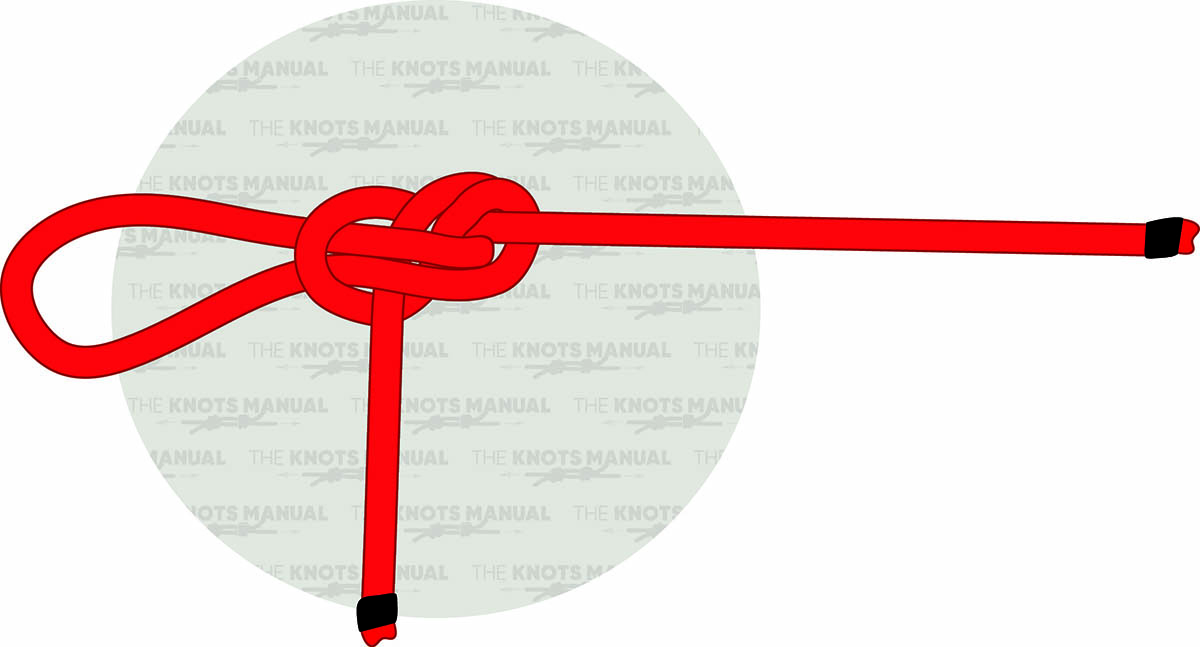
A step-by-step guide on tying the Double Dragon Loop.
Step 1:
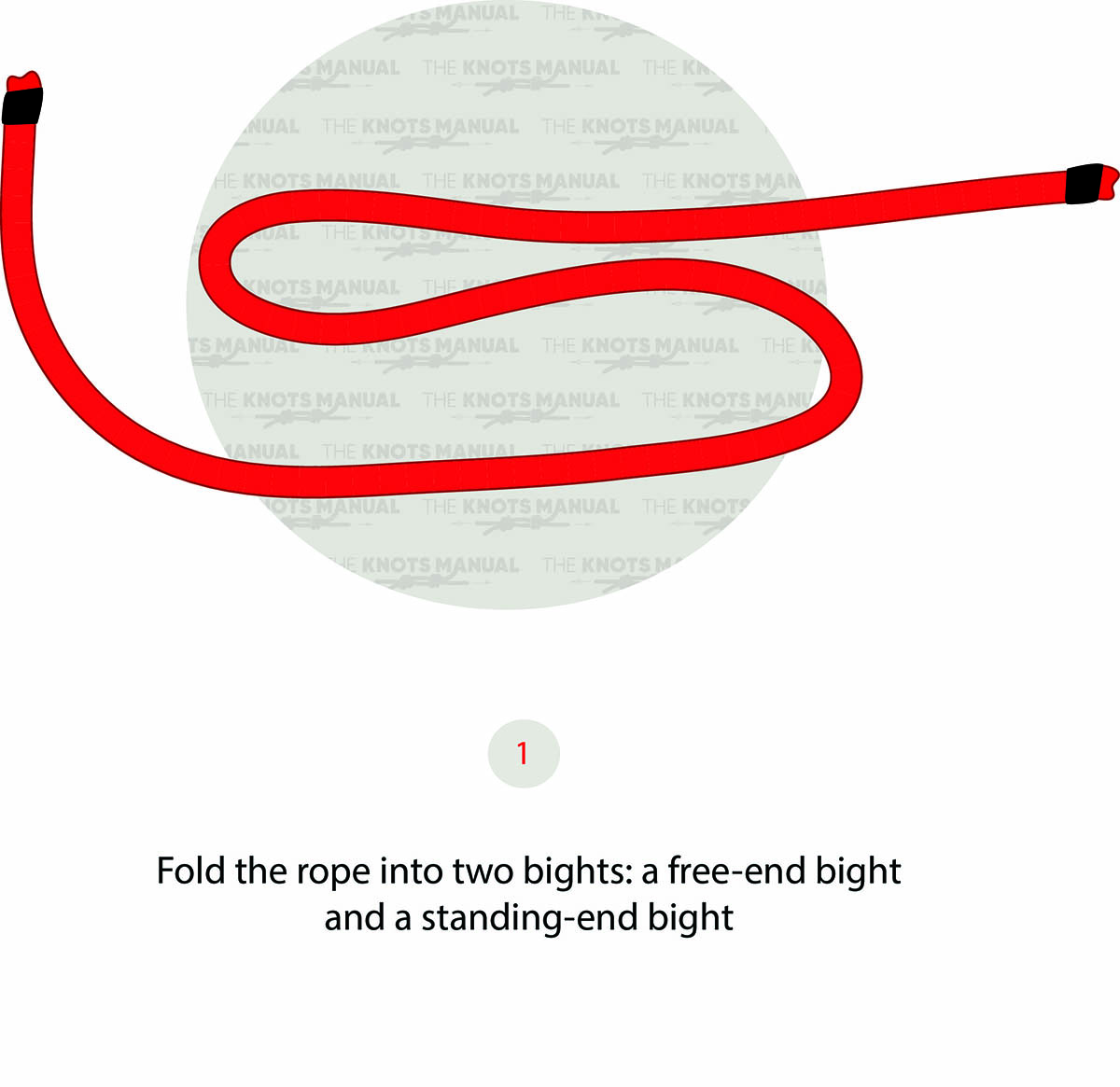
Lay out the rope in an S-shape. The working end should be at the bottom of this layout.
Step 2:
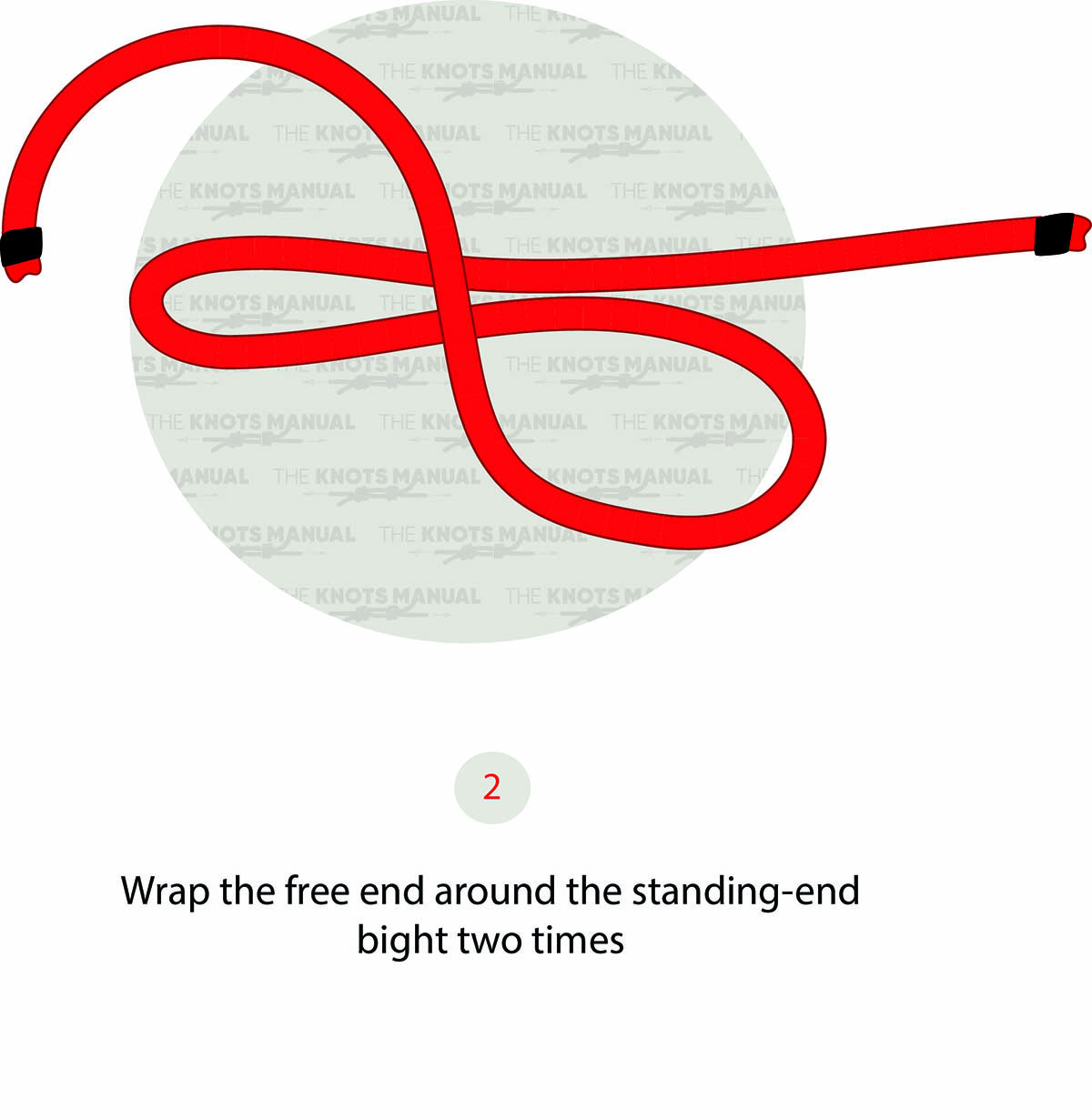
Pass the working end behind the formed loop.
Step 2a:
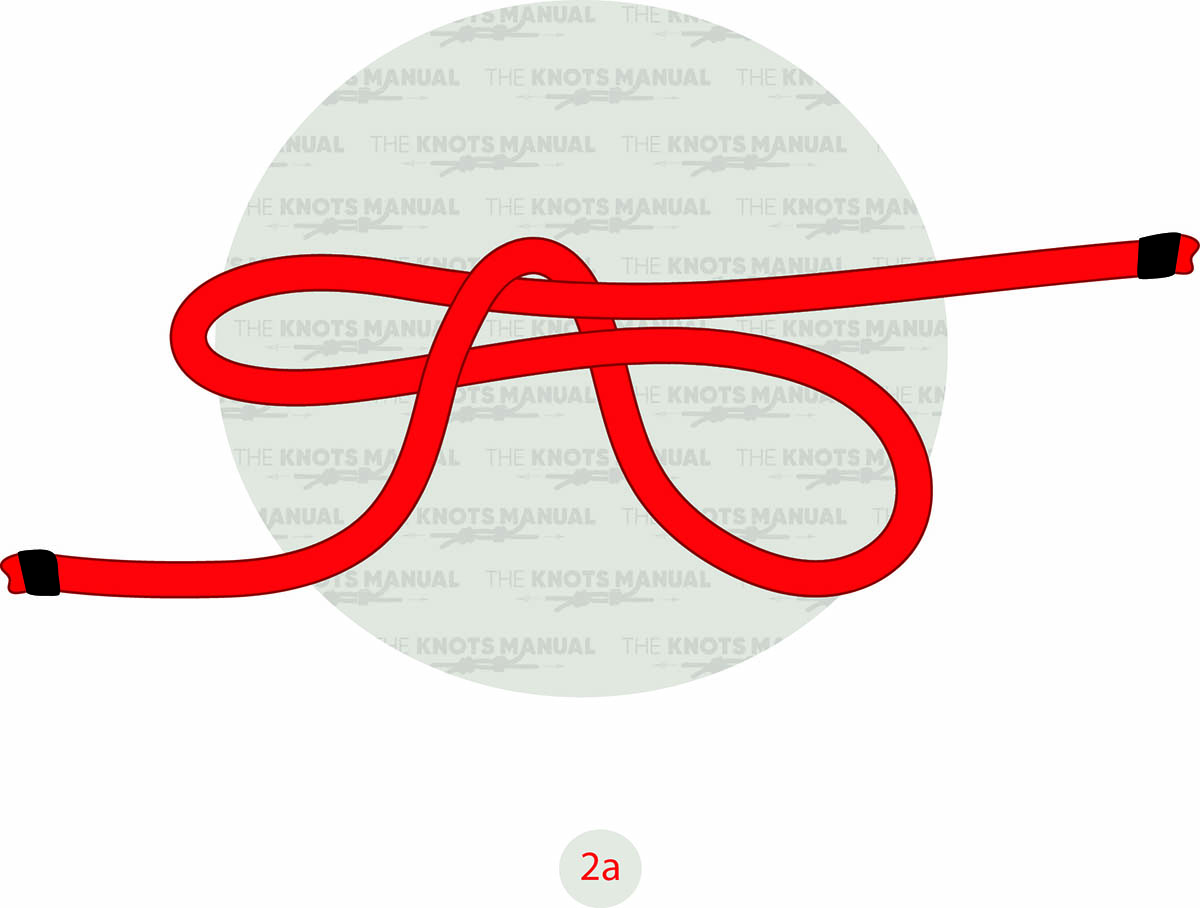
Now pass it in front of the formed loop.
Step 2b:
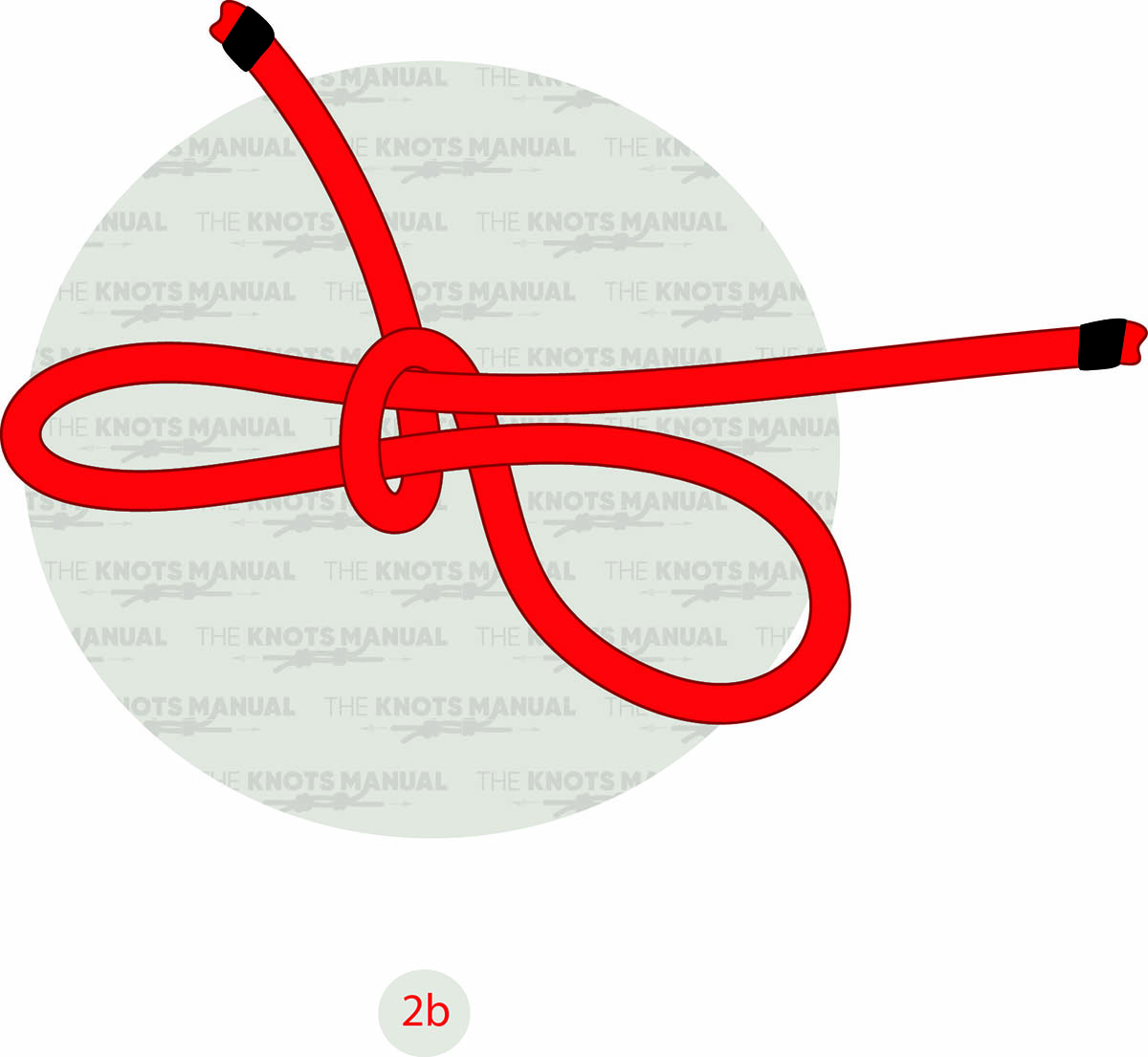
Pass it behind another time.
Step 2c:
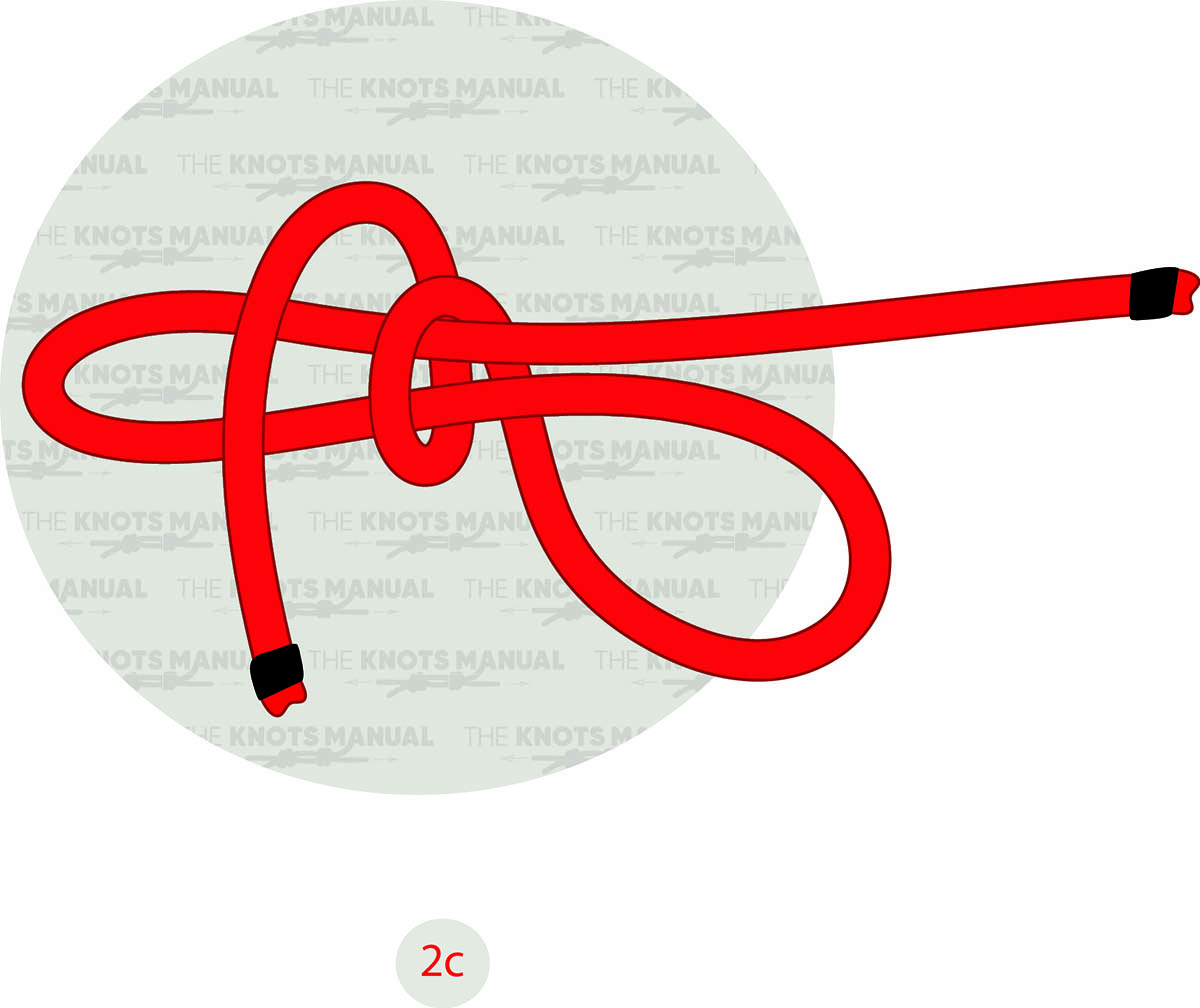
Finally, pass it in front of the loop another time. You should have made two full turns at this point.
Step 3:
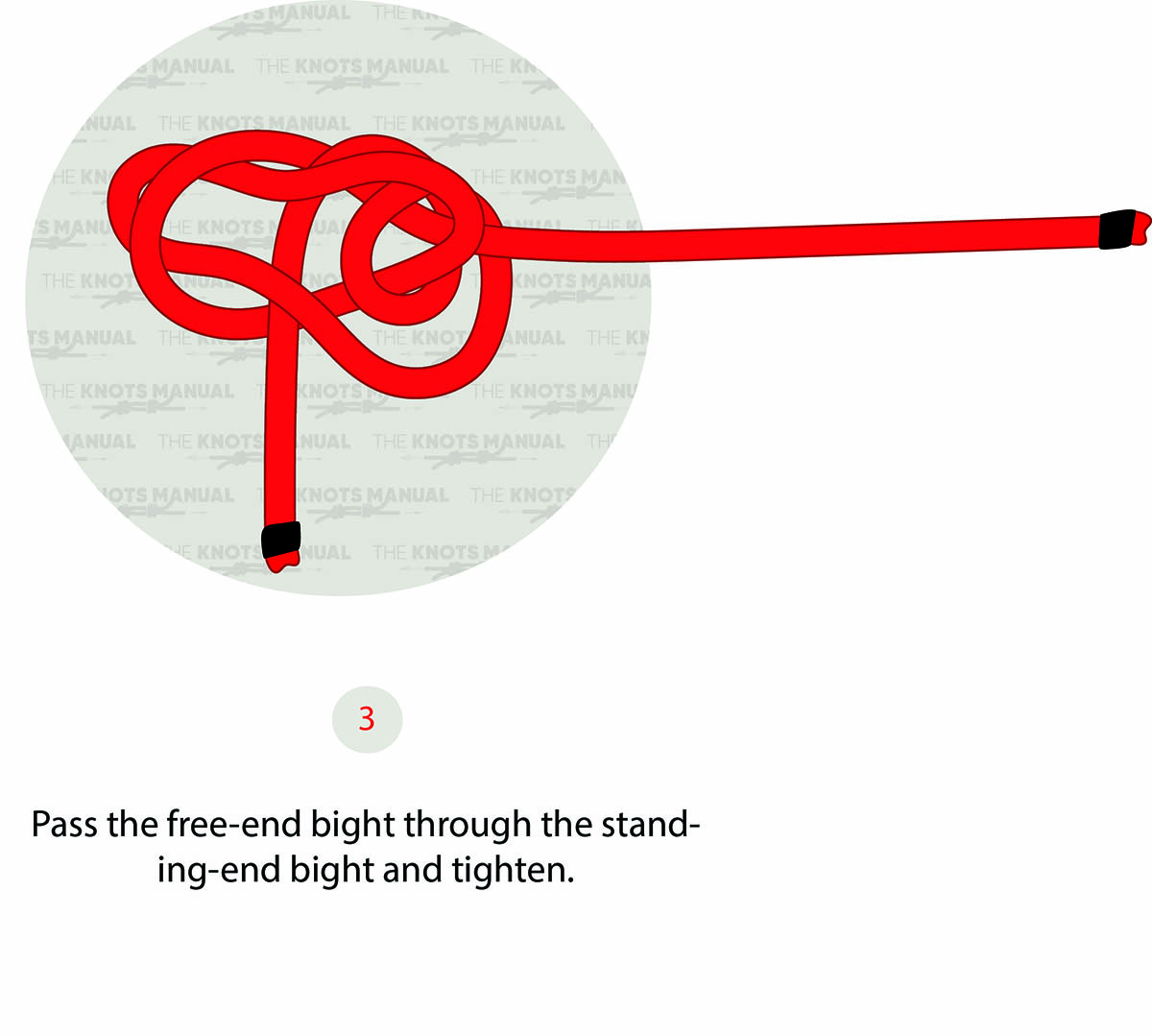
Take the right loop, pass it over the working end, and through the left loop.
Step 3a:
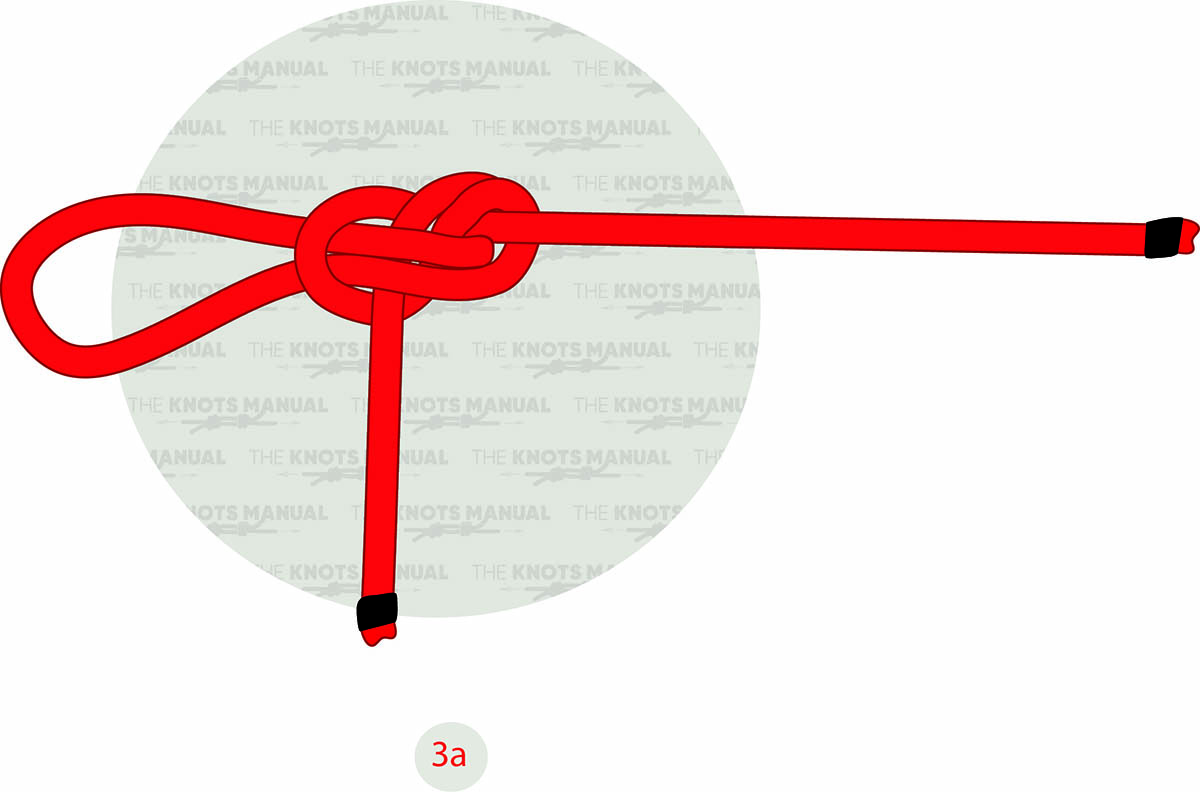
Pull the loop and both ends of the rope in opposite directions to tighten the knot. You’ve now finished a Double Dragon Loop.


